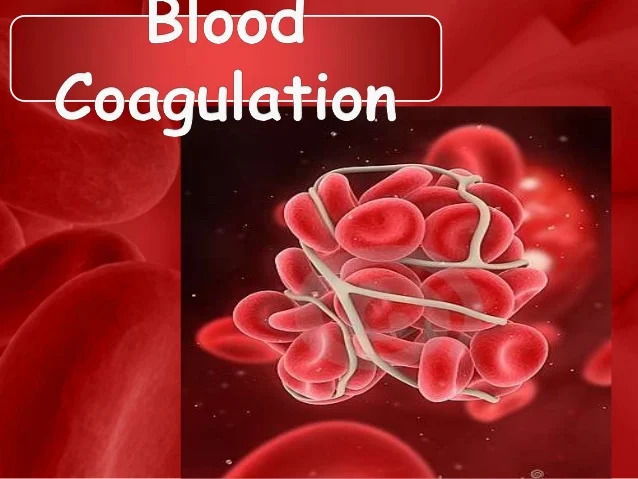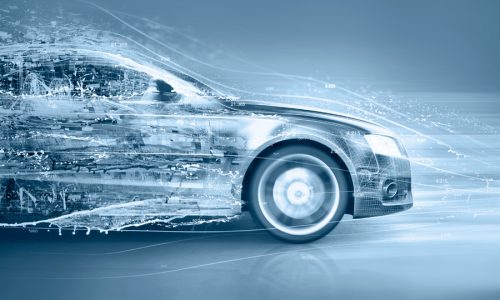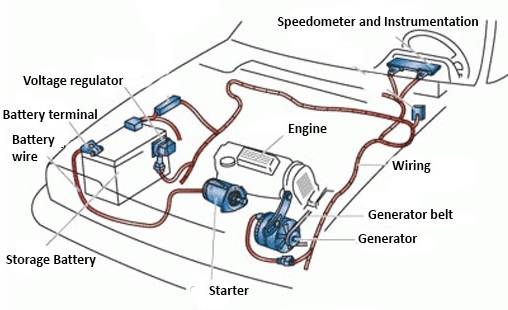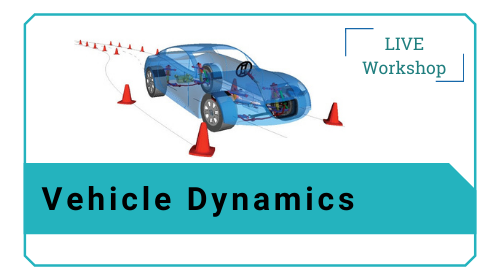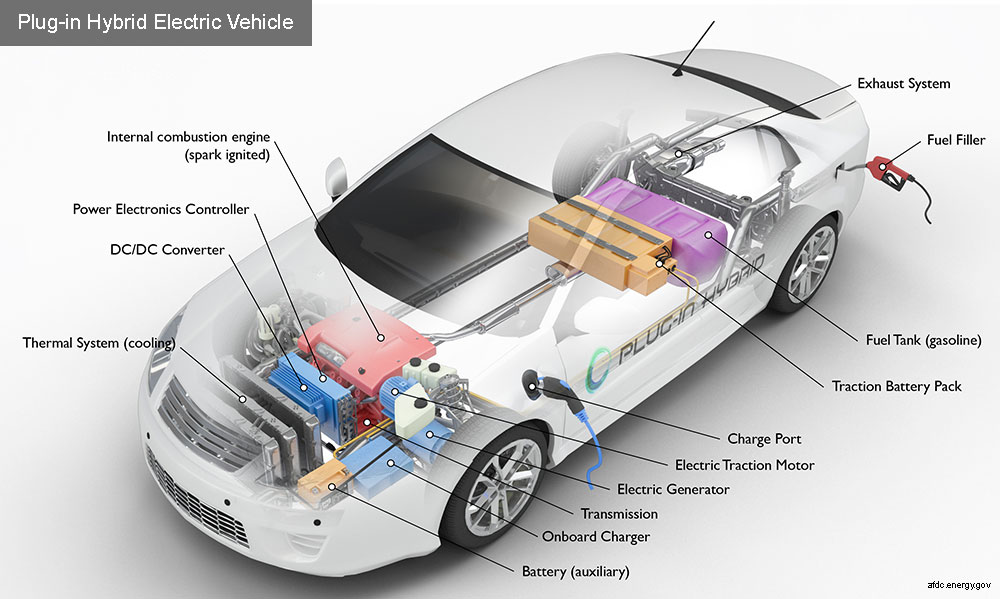Search results: 360
- Teacher: Sudhakar T
• To introduce the concept of quality management
• To apply the significances of analyzers in automation
UNIT I Automation - Introduction, meaning, advantages, history
UNITII Continuous flow analyzers, Single channel continuous flow analyzers-advantages, disadvantages
UNIT III Multi channel flow analyzers, discrete auto analyzers - basic features, types, semi automated, fully automated Batch
analyzers
UNIT IV Random access analyzers (RAA), Component steps in fully automated analyzers, Auto analyzers based on
immunoassay techniques
UNIT V Micro particle enzyme immunoassay (MEIA), various random access analyzers - Hitachi- 704, BM/Hitachi -717
UNIT VI Centrifugal analyzers, ASCA, Dry chemistry analyzers, Dimension RxL clinical chemistry system, The
Heterogeneous Immunoassay module components, Beckman Array 360system, Mini Vidas analyzers
UNITVII Immulite automated immunoassay analyzers, Latest trends in Automation
UNIT VIII Biochips, Lab on a chip (LoC), Nano sensors - advantages and disadvantages, PCR & its applications.
Course Outcomes
On completion of the course, students will be able to
CO1 Understand the principles of automation.
CO2 Identify role of automation in flow analyzers.
CO3 Recognise the types of analyzers and their significance.
CO4 Apply the theoretical understanding to practical usage.
CO5 Recognise the latest trends and quality practices.
CO6 Bridge the gap between clinical and industry in theory and practice of automation.
Reference Books
1. Laboratory management – Quality in Laboratory diagnosis – Candis A Kinkus, Demos medical publishers, 2011
2. Quality control in Laboratory – Gaffar Sarwar Zamman, Intech open publishers, 2011
3. Clinical Diagnosis and Management by Laboratory Methods, Henry 23rd edition, 2016
- Teacher: James John
Course Objectives:
· To learn the basic histological and cytological procedures
· To understand the diagnostic applications of histological and cytological methods
List of Experiments
1. Hematoxylin and Eosin staining
2. PAP staining
3. Embedding
4. Microtome: Uses, care, and parts
5. PAS stain
6. Pearls stain
7. Reticulin stain
8. Giemsa stain
Course Outcomes
Upon completion of the course, students will be able to
CO1 Demonstrate proficiency and expertise in the proper use of the light microscope in examining histological specimens on glass slides
CO2 Understand the basic concepts of tissue fixation, dehydration, embedding, sectioning, staining, and mounting of slides for histological examination, immunofluorescent staining, and electron microscopy
CO3 Differentiate the characteristics of tissues of the body (epithelium, connective, muscle, nerve) and their relationships in the various organ systems of the human body
CO4 Identify the histological features of selected tissues/organ systems resulting from disease processes
CO5 Examine how certain diseases can be diagnosed using histological and cytological methods
CO6 Demonstrate common histology procedures such as embedding tissue in paraffin, tissue sectioning, and mounting, or routine staining of tissue sections
- Teacher: James John
COURSE OBJECTIVES :
To learn the basic procedures
in coagulation studies
To apply techniques in the storage and handling of blood specimens
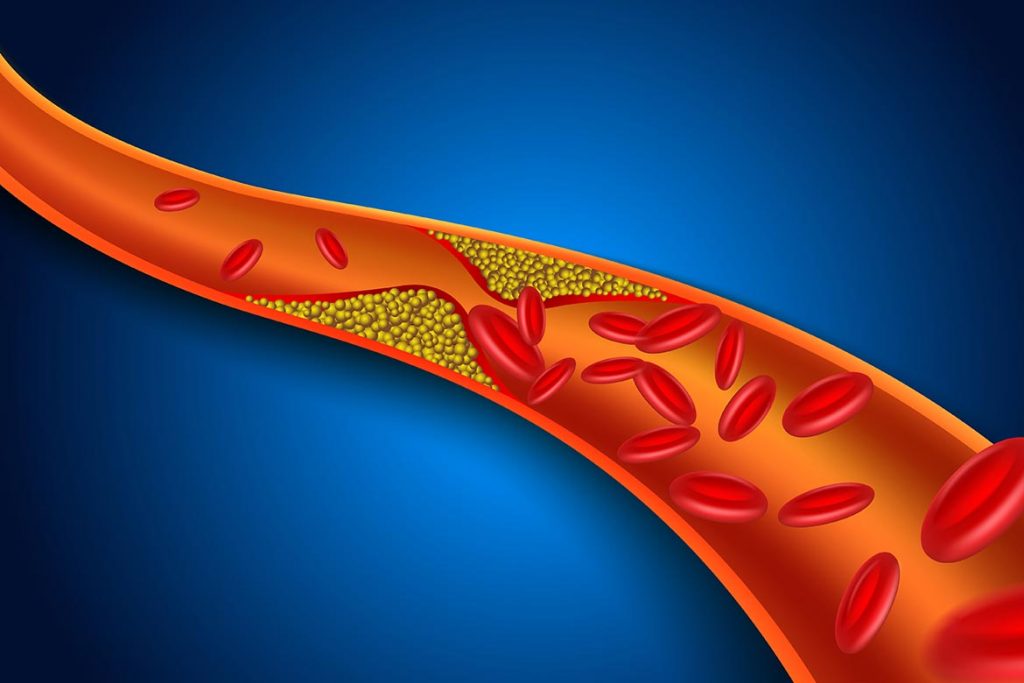
- Teacher: D. JASMINE PRIYA
Course Objectives:
• To understand the basic quality laboratory processes
• To apply the quality control tools
1.
Demonstration of various
methods of quality control- Preparation of Quality control charts, a) Levy-
Jennings and b) Cusum charts
2. Demonstration of various methods of quality control- Westgard Rules to verify trends, biases, or errors in quality controls
3. Sources of error, variation, and their correction methods, CAPA - corrective action & preventive action, Intrinsic and extrinsic and random errors
4. Centrifugation techniques Basic principles, procedure, and working mechanism centrifugation techniques (zonal, differential, density gradient, and isopycnic centrifugation)
Lab-Separation of blood WBC using fycoll reagent
5. Chromatographic techniques- Principles and working procedures of various chromatographic techniques (Column, ion exchange, Gas –liquid, affinity, molecular- exclusion, thin layer, adsorption, and partition)
Lab Demonstration of Paper chromatography
6. Electrophoretic techniques- Principles and working procedures of various electrophoresis (Gel electrophoresis (vertical, horizontal)- polyacrylamide gel electrophoresis (PAGE)-SDS and isoelectric focussing)
Lab- Demonstration of gel electrophoresis
7. Molecular techniques Isolation of DNA, RNA, Plasmids, and protoplast
Lab- Demonstration of DNA extraction and quality check.
8. Principle and QC procedure for lab instruments- parts, principle, maintenance, and care of microscope. microscope, incubator, Hot air oven, Autoclave, Centrifuge, Colorimeter, Spectrophotometer, Flame photometer, Refrigerator, pH meter
Course Outcomes
On completion of the course, students will be able to
CO1 Understand the basics of Quality control.
CO2 Demonstrate the needs of Quality assurance and Quality management
CO3 Acquire the knowledge about costs and errors involved
CO4 Explore internal and external quality control
CO5 Analyze the current trends in laboratory accreditation
CO6 Apply the methods and tools of Quality control in laboratory
- Teacher: James John
- Teacher: Ramesh Kumar NA
In this course, we will be learning about various theories, philosophies and design processes characterizing the works of contemporary masters.
It allows an architect to consider a buildings or cities as more than a visual phenomenon and therefore the architect would have a more fundamental and culturally inclusive approach to architecture than an approach based purely on architect's own taste or style.

- Teacher: Arulmalar Ramaraj
COURSE OBJECTIVE
To develop an understanding of the advanced building services such as Air conditioning and fire safety and their application in the design of multi-storey buildings.
- Teacher: Esther Kiruba J C
- Teacher: PRIYADHARSHINI S
- Teacher: RAJESH KANNAN S
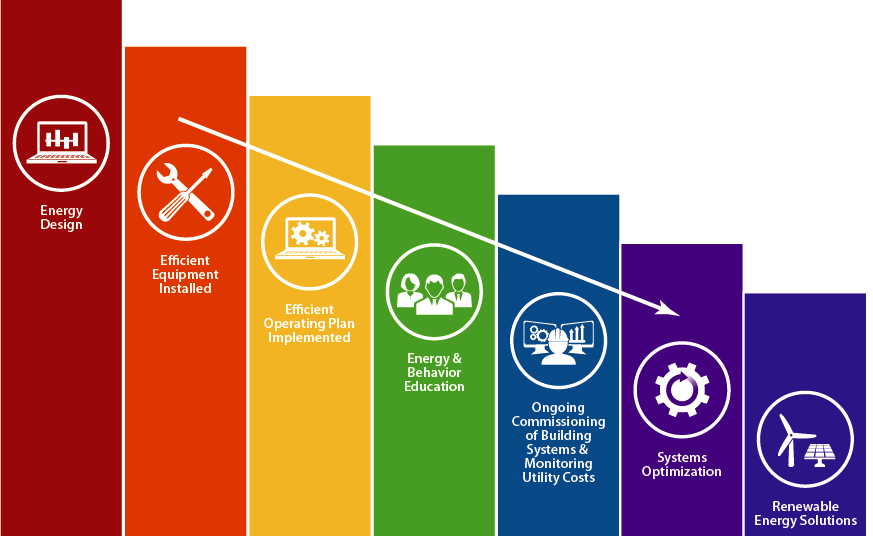
- Teacher: Dr. Devyani Gangopadhyay
- Teacher: Esther Kiruba J C
- Teacher: Ramkumar R
- Teacher: Surya Rajkumar
- Teacher: Mohana Gopiraj N
- Teacher: Selvendiran S.G
- Teacher: Guruji V
COURSE OBJECTIVES
Understand the diesel engine construction and its operation.
Understand the fuel injection system in CI Engine.
Gain knowledge on air motion & combustion phenomena in CI Engine.
Understand turbo charging and engine management system in IC Engines.
Understand CI engine performance.
Understand the principle of modern engine technology.
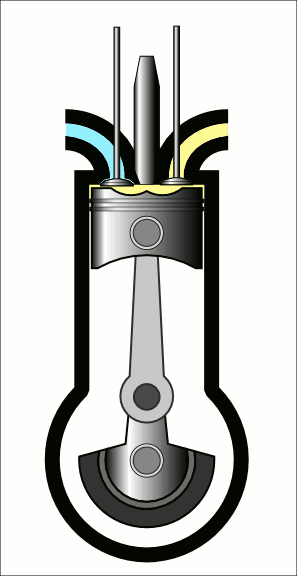
- Teacher: Dr. Ashwin Jacob
- Teacher: PURUSOTHAMAN M
COURSE OBJECTIVES
Impart the knowledge of fundamentals of heat transfer
Deep understanding on the governing equations for convection heat transfer and the dimensionless parameters
Understand the temperature distribution and heat transfer rate in engine components
Familiarize with cooling system and measurement of heat transfer rate in IC engines
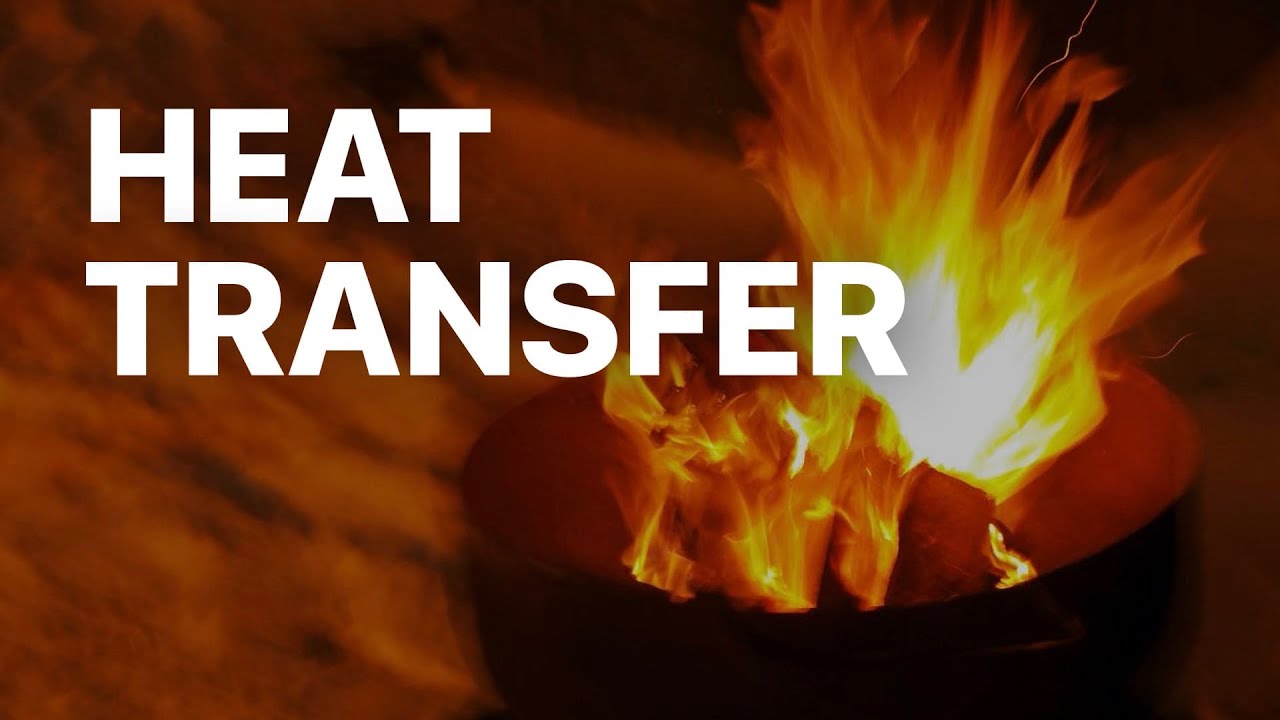
- Teacher: Dr. Karthikeyan A

